
Special auction Faussner collection
Special auctions are part of NEUMEISTER's DNA. With classics such as our popular Noble Sales, but also original auctions such as "Vintage Culture", "Plastic Fantastic", "Chair Affair", "Next Generation" or "SHE", we have made a name for ourselves as a trendsetter in the auction trade. Another highlight of the auction calendar is the special auction of artworks from the collection of Dr. Hans Constantin Faußner on May 8. We present some of the highlights of this impressive collection in this magazine - as always with great enthusiasm for the works of art and the stories behind them
The Faußner collection includes some top-class Gothic sculptures and Old Master paintings, as well as works of art created in Munich and rural Upper Bavaria, particularly on Lake Chiemsee, in the first half of the 20th century. Over 100 of the more than 270 paintings in the collection are by three artists: Paul Mathias Padua, Thomas Baumgartner and Constantin Gerhardinger, who is represented in the auction with his magnificent masterpiece "Meine Modelle", among others. Because the aforementioned artists were recognized and appreciated during the National Socialist era, their reception is - to this day - ambivalent. There is a debate as to whether this art can stand on its own because of its aesthetic value or whether it needs to be viewed critically in a historical context. In the end, I think it should be up to each individual to make their own judgment in the area of conflict between artistic appreciation and art historical classification. The market regulates a lot of things anyway. To put it in a nutshell: Are artists who were beneficiaries of the Nazi regime allowed to be shown in museums? Can their works be auctioned? Can they be bought? Of course! Shyly looking away is out of place here. Because by bringing works that were celebrated during the Nazi era into contemporary museums, galleries and auction houses, they invite creative discourse and critical reflection. Our democratic society must be strong enough to withstand this.
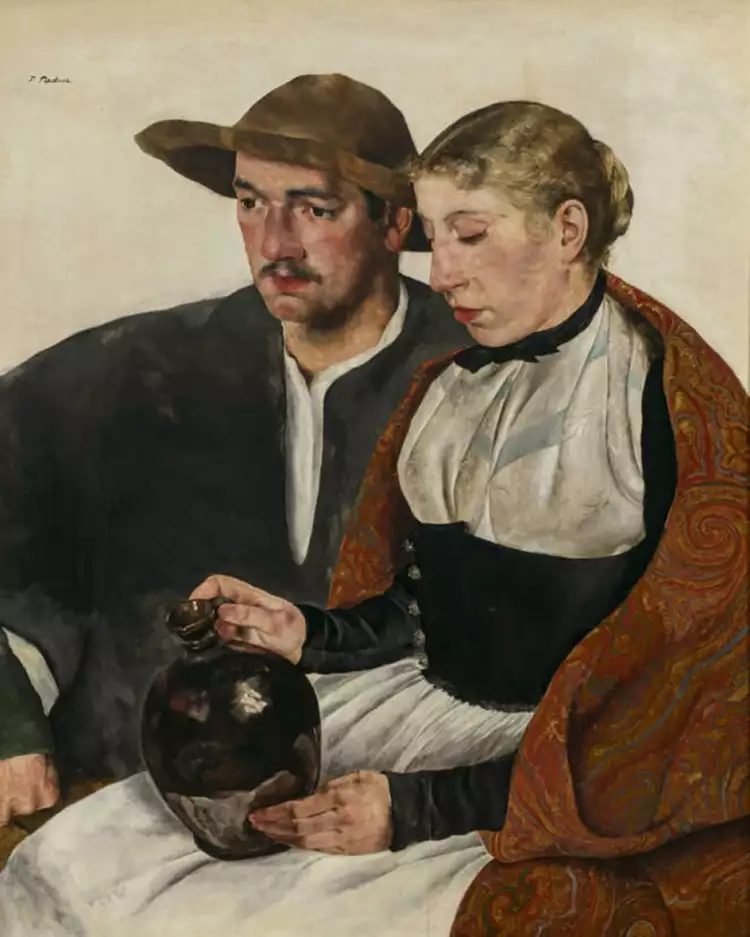 Neumeister. Paul Mathias Padua
Neumeister. Paul Mathias Padua
For some years now, academics have been critically examining the question of which art appealed to the Nazi elite and which did not. One example of this is the unique project "vermacht.verfallen.verdrängt.", a cooperation between the Städtische Galerie Rosenheim and the Zentralinstitut für Kunstgeschichte München as part of a cycle of events at the LMU Munich under the guidance of Prof. Dr. Christian Fuhrmeister and Felix Steffan - who also submitted a dissertation on the subject a few weeks ago.
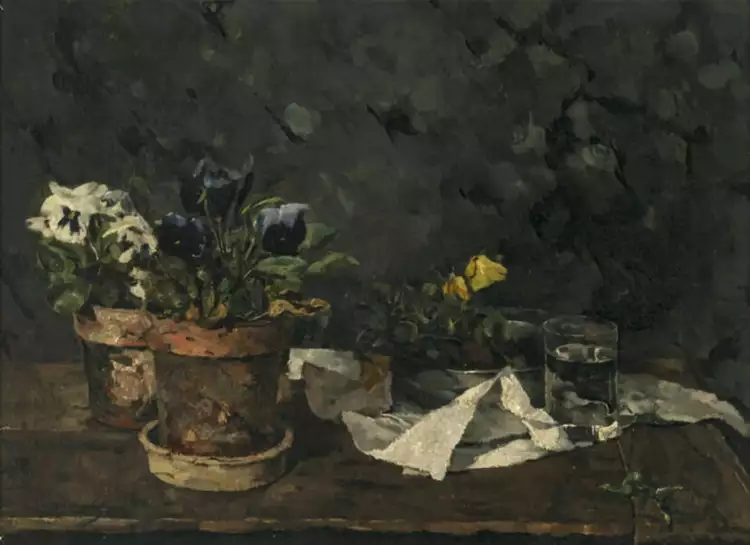 Neumeister. Constantin Gerhardinger
Neumeister. Constantin Gerhardinger
An exhibition on art during the Nazi era, which was on display in Arnhem, the Netherlands, until April 14, 2024, also provided new impetus. The Arnhem Museum mainly showed paintings and sculptures that were presented at the Great German Art Exhibitions in Munich from 1937 to 1944. There were 90 works in total, mostly landscapes, nudes and still lifes. The Arnhem exhibition, described by Deutschlandfunk radio as "well thought out", illustrates the role that art played under National Socialism and the extent to which even works of art that appear harmless at first glance were instrumentalized by the National Socialists for political purposes. There has never before been such a comprehensive presentation of art from the National Socialist era in Germany.
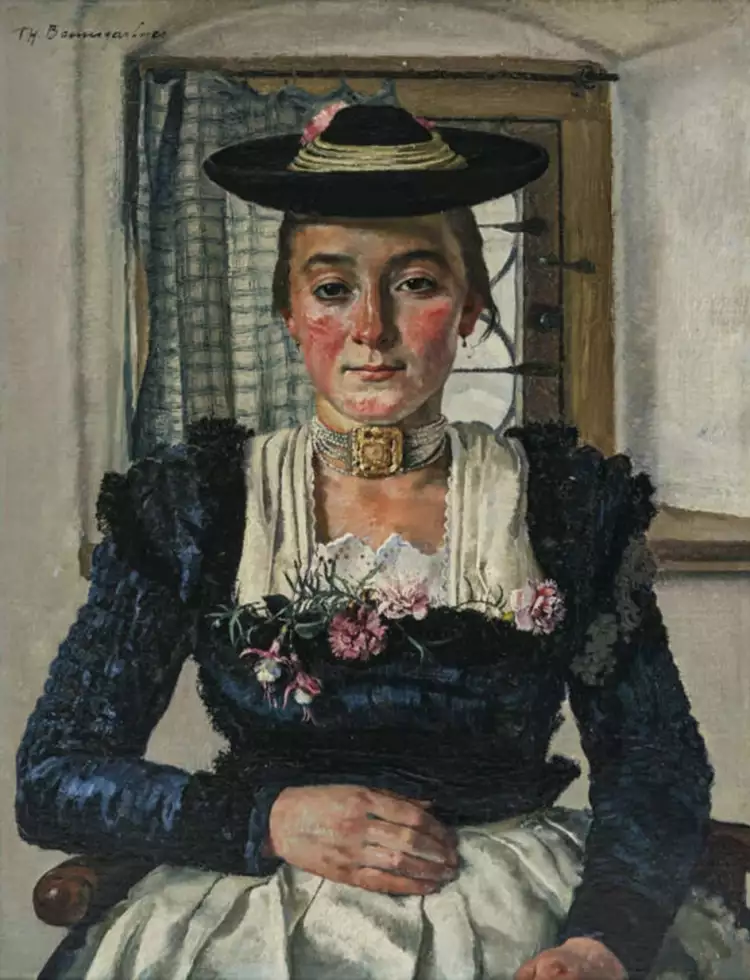 Neumeister. Thomas Baumgartner
Neumeister. Thomas Baumgartner
To avoid any misunderstandings: I am not talking about heroizing Nazi propaganda art. Rather, I am talking - also with regard to works in the Faussner collection - about rather apolitical art that nevertheless allowed itself to be appropriated by National Socialist ideology. These include paintings such as those shown at the Great German Art Exhibitions in Munich. The majority of the paintings on the walls there were not martial images of Nazi propaganda, but snow-covered mountains and bright flowers, lukewarm nudes and peasant women in cowsheds - subjects that were also favored by many of the painters Hans Constantin Faußner collected. Certainly, some of them were beneficiaries of the regime at a certain stage of their lives, but this did not change their - admittedly conservative - view of art during the Nazi era: most of them painted after 1933 just as they had done before. By the way: of the more than 270 paintings in Hans Constantin Faußner's collection, fewer than 40 were created between 1933 and 1945. The following pages show that most of them were non-political art.
by Katrin Stoll, Managing Partner at NEUMEISTER
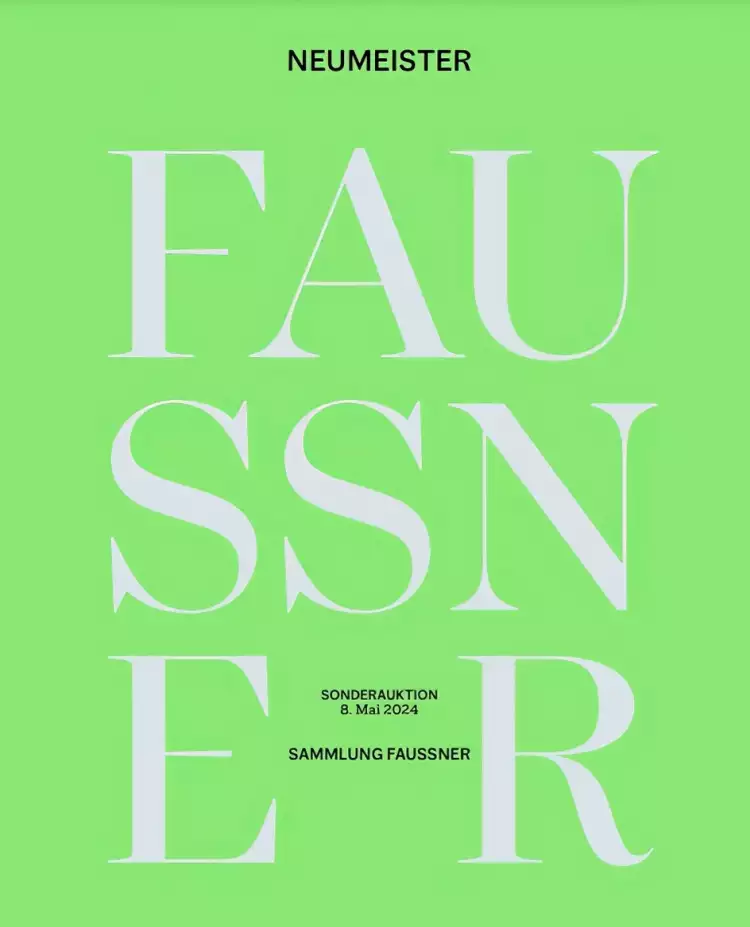
 The painting "The Burning of the Houses of Lords and Commons" by William Turner is a dramatic depiction of a historical event
The painting "The Burning of the Houses of Lords and Commons" by William Turner is a dramatic depiction of a historical event 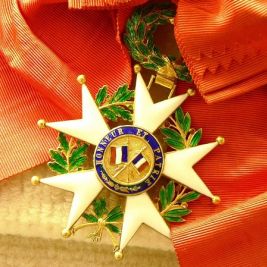 Phaleristics is a young scientific discipline about antique awards
Phaleristics is a young scientific discipline about antique awards 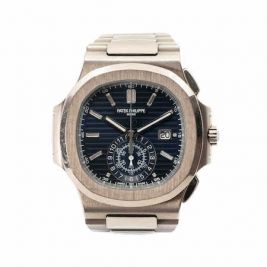 Wettmann Onlineauctionen: A Portal to Rare Antiques and Luxurious Treasures
Wettmann Onlineauctionen: A Portal to Rare Antiques and Luxurious Treasures 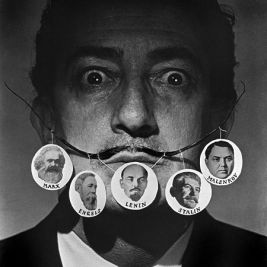 Salvador Dali - a brilliant surrealist artist
Salvador Dali - a brilliant surrealist artist  The painting "Portrait of T. H. Shevchenko" by Ivan Kramskoy is a belief in humanity that has transcended centuries
The painting "Portrait of T. H. Shevchenko" by Ivan Kramskoy is a belief in humanity that has transcended centuries 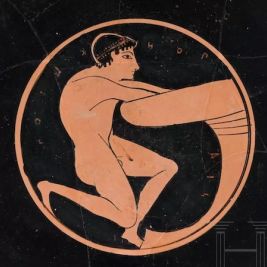 Hermann Historica Auction: Kunst, Antiquitäten & Antiken
Hermann Historica Auction: Kunst, Antiquitäten & Antiken 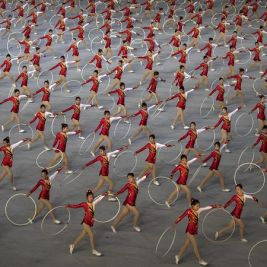 Documentary Photography: Photo story about important events and everyday life
Documentary Photography: Photo story about important events and everyday life 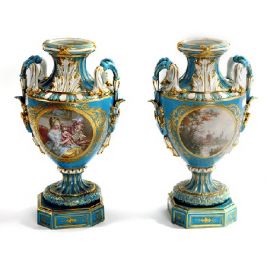 French Porcelain: History of Development and Top Manufactories
French Porcelain: History of Development and Top Manufactories 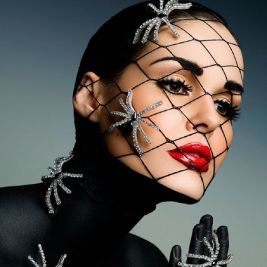 Glamour in photography is a beautiful genre with elements of elegance and luxury
Glamour in photography is a beautiful genre with elements of elegance and luxury 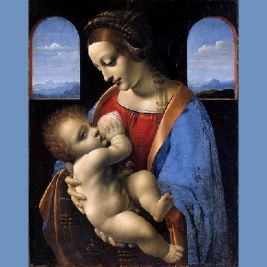 Renaissance is an era of great names
Renaissance is an era of great names